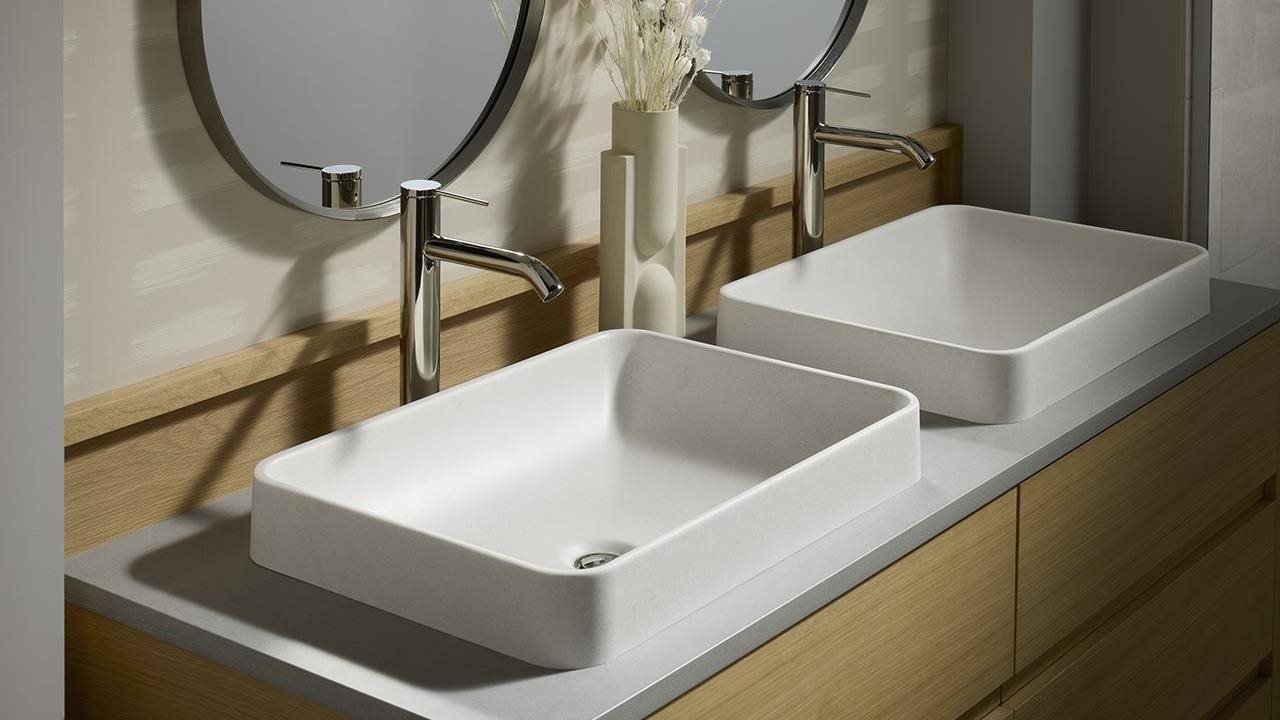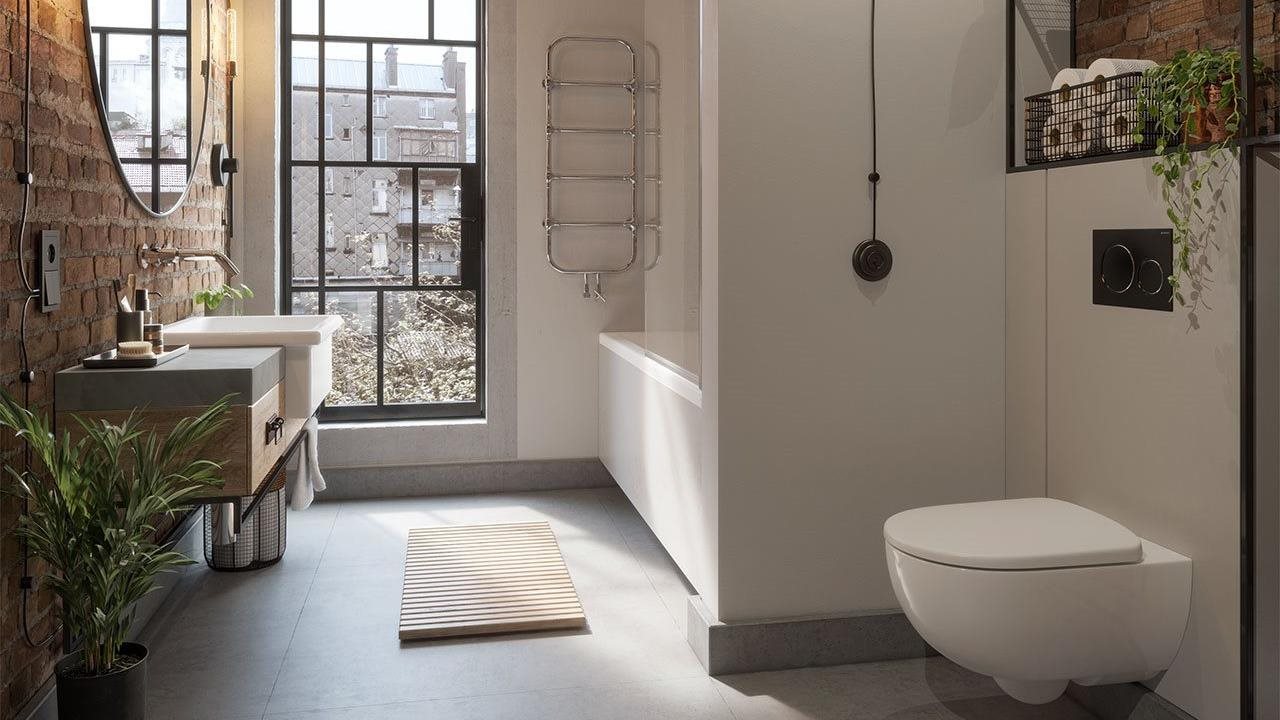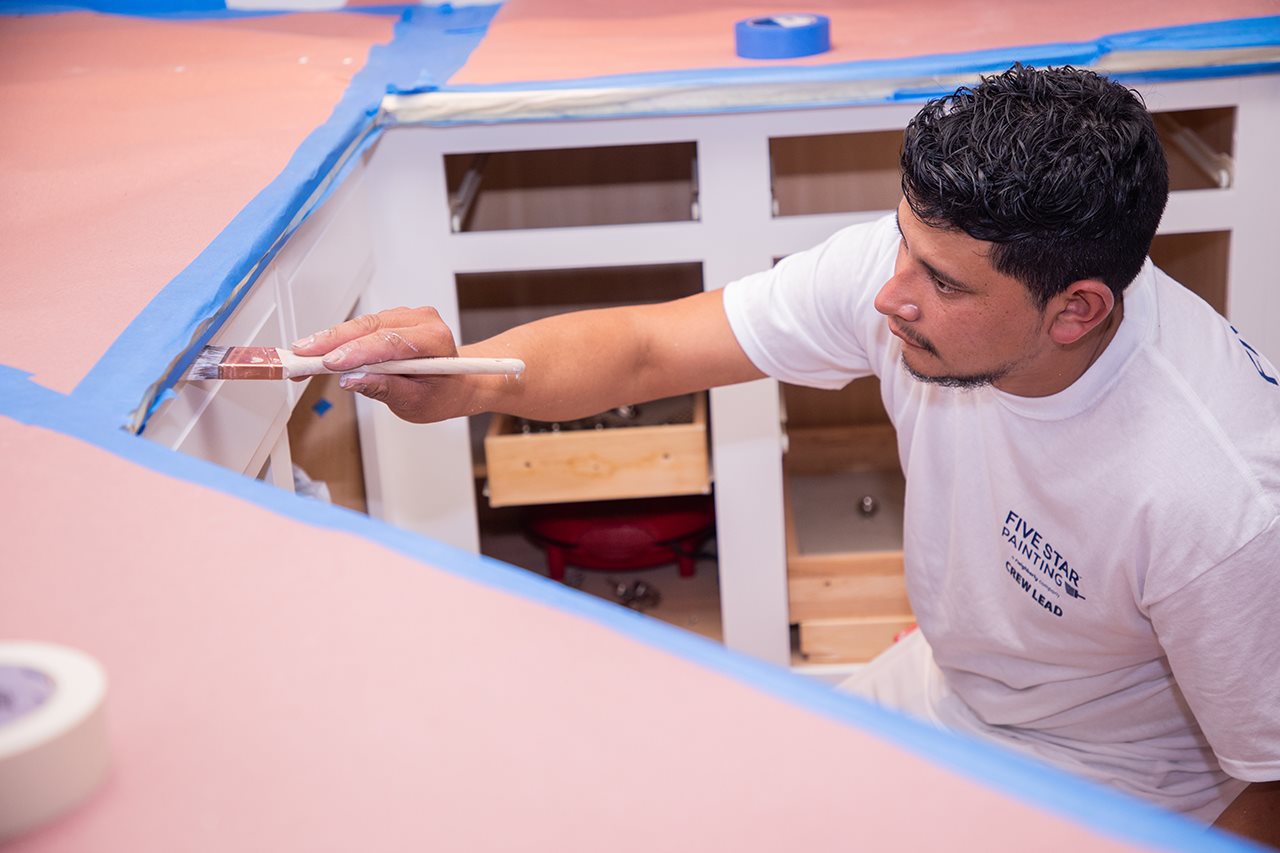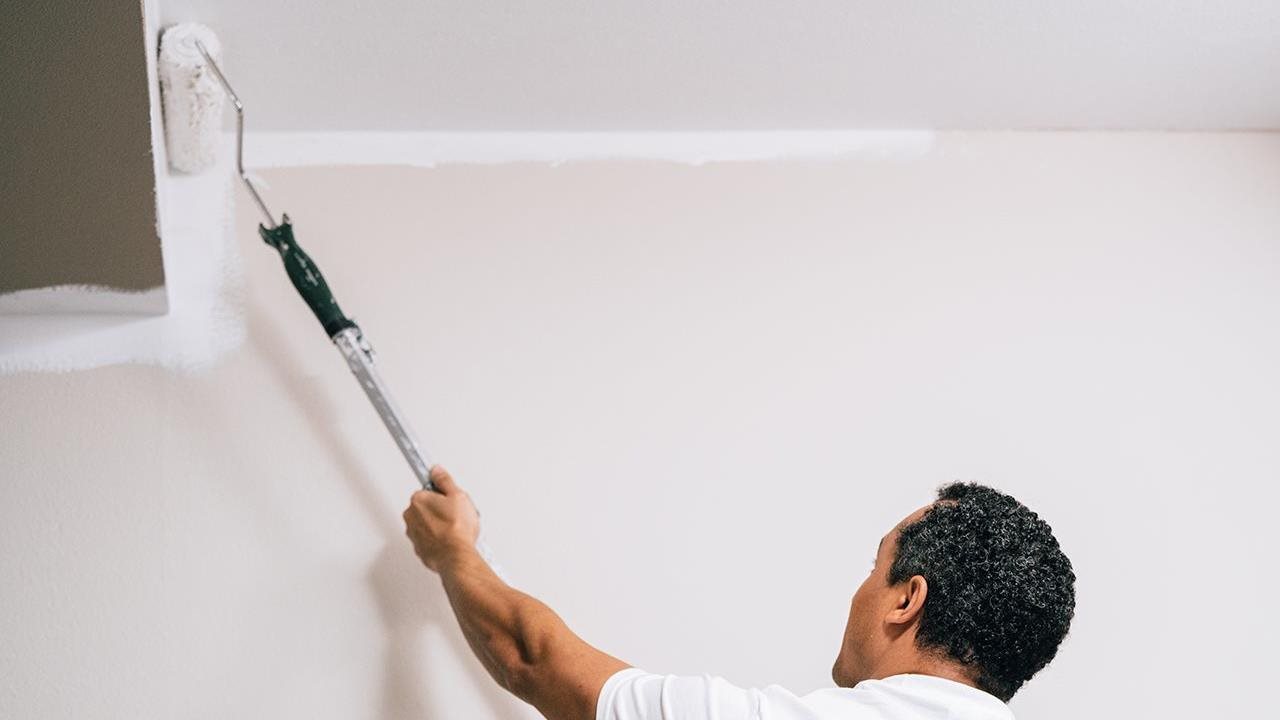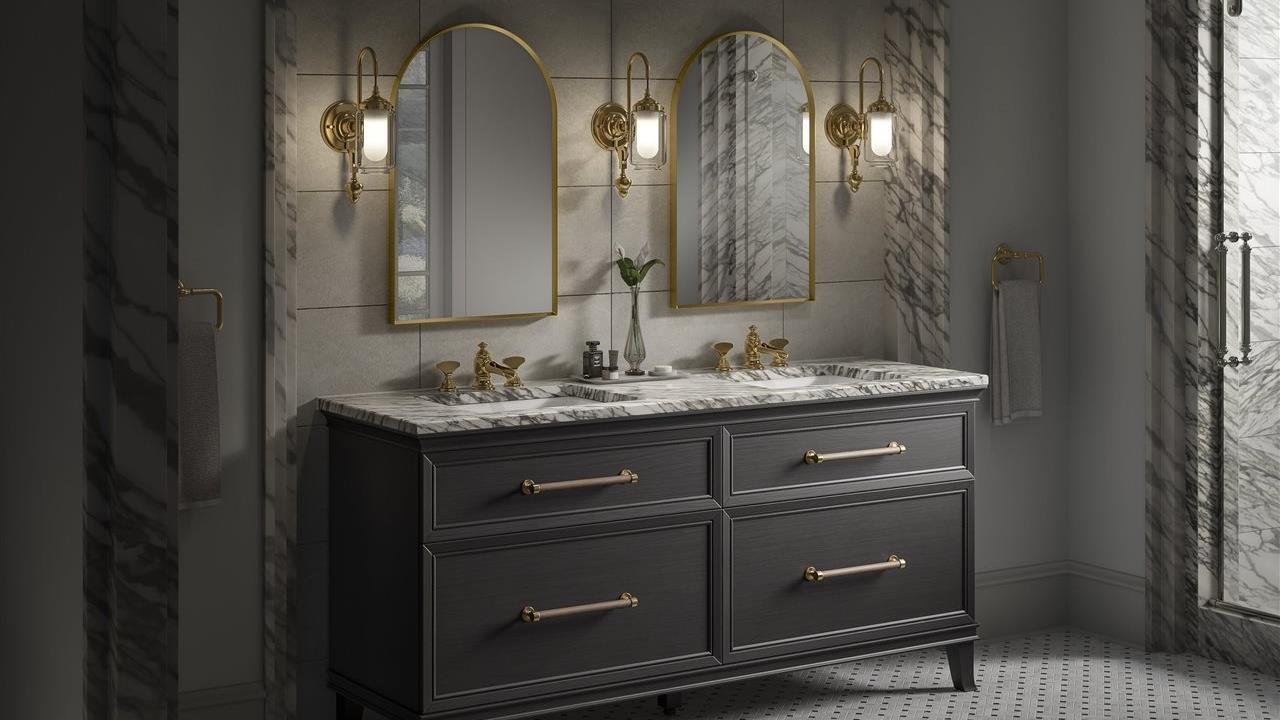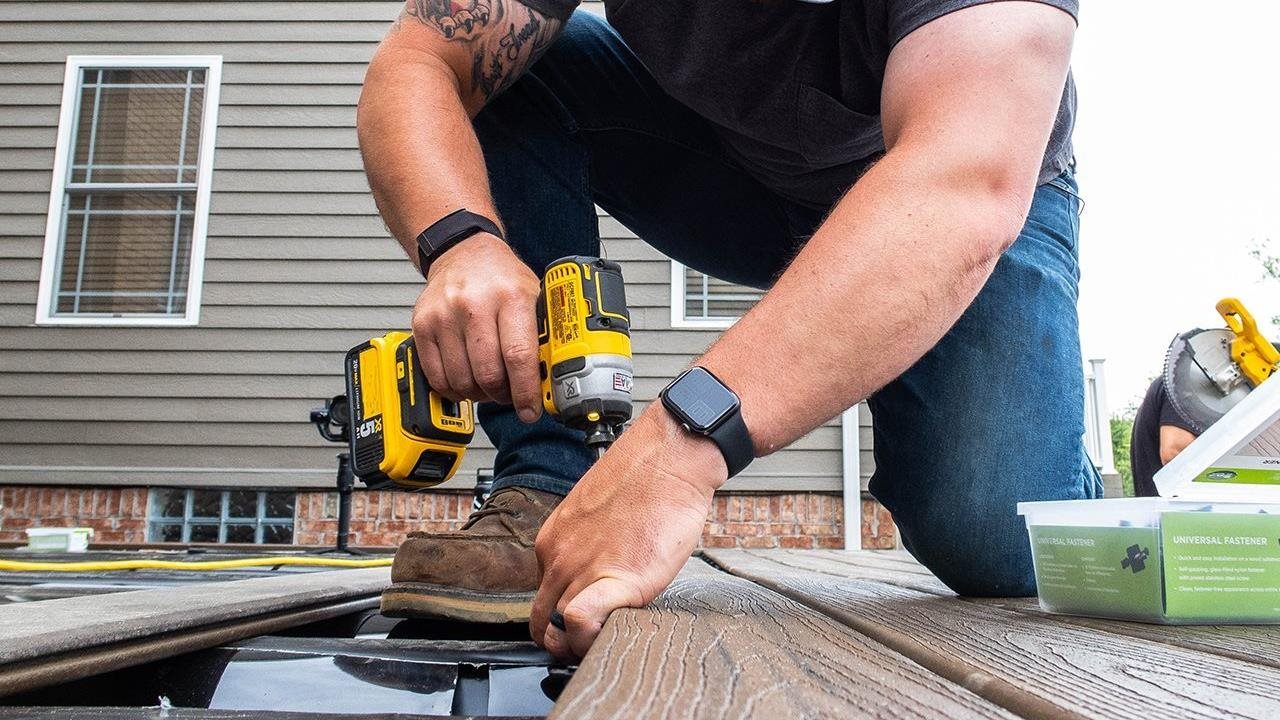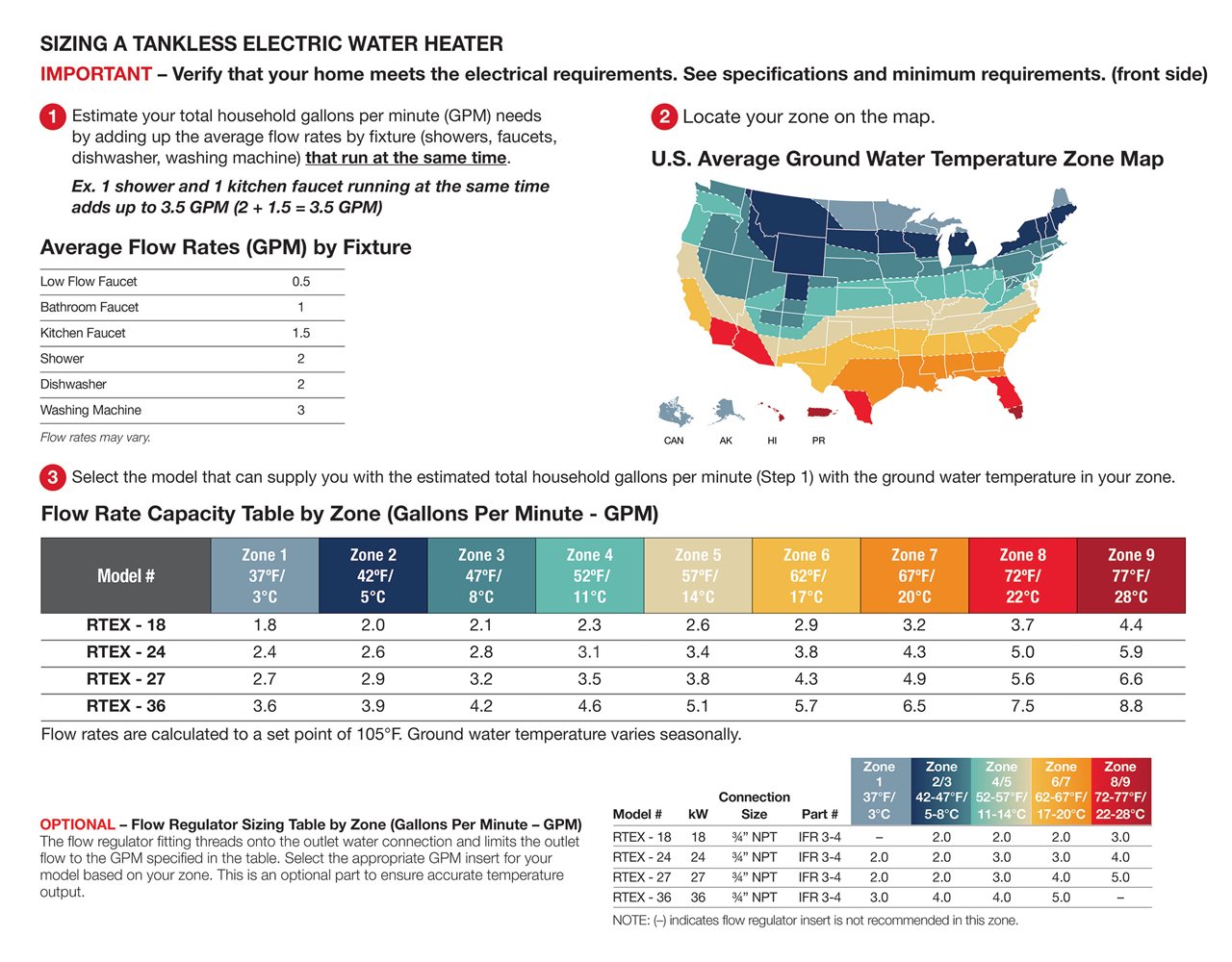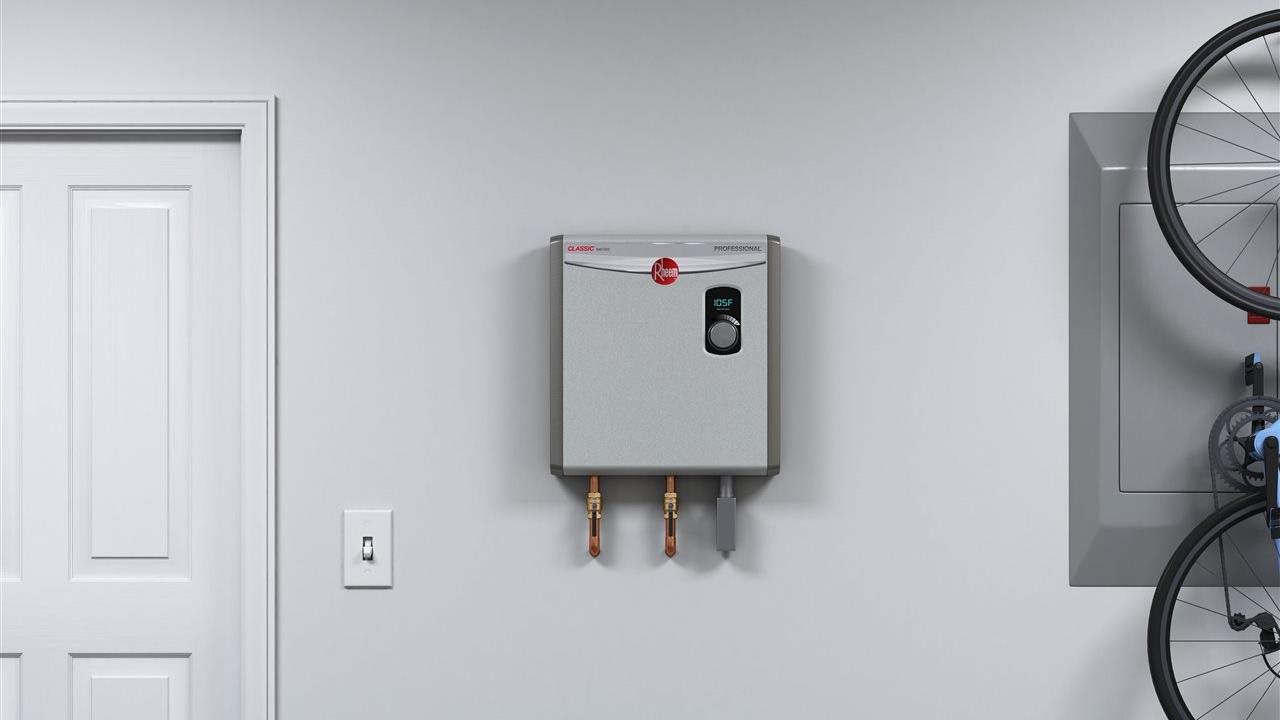2025-09-30T05:27:00
(BPT) – Designing or renovating your bathroom is the perfect opportunity to incorporate sustainable features. By carefully choosing materials and products that focus on reducing waste, you can do your part to conserve natural resources and design a bathroom that meets your needs and aesthetics.
Check out these three expert tips that can help you design your bathroom with sustainability and beauty in mind.
1. Design with recycled materials
The best way to start your sustainable bathroom journey is by carefully choosing recycled materials that transform waste into something beautiful and meaningful. For example, Kohler WasteLAB takes landfill-bound waste materials left over from the manufacturing process and converts them into functional and stylish tiles.
The brand’s Landshapes, Transcendence, Abstra and Crackle tile collections are made using recovered dry pottery cull, cast iron slag, waste glaze and filter cake, which are then meticulously handcrafted in small batches by artisans. The result? Stunning tiles that speak to sustainable luxury and suit many bathroom design styles.
The Kohler WasteLAB also handcrafts a Vox bathroom sink. Available in Ashen and Eggshell, the WasteLAB Vox is a testament to Kohler’s commitment to craftsmanship and circular design.
2. Replace your old toilet with a water-saving model
When you think about your water use, do you think about your toilet? According to the Environmental Protection Agency (EPA), toilets account for nearly 30% of an average home’s indoor water consumption.
A simple and smart way to save water is by installing an EPA WaterSense-certified toilet. The agency claims that by replacing an old, inefficient toilet with a WaterSense-labeled model, the average family can reduce water used for toilets by 20%-60%.
Choose a WaterSense-certified smart toilet like Kohler’s Veil smart toilet. The toilet’s bold minimalist design and water-saving technology effortlessly marry comfort and water conservation.
In addition to a full suite of convenient and comfort-focused features — including a heated seat, nightlight, hands-free opening/closing and automatic flush, plus a touch-screen remote — the smart toilet offers a pump-assisted dual flush that delivers peak flush performance every time.
3. Stay aware and adjust your habits
Installing water-saving products in your home is just the first step of a more comprehensive approach to bathroom sustainability. When designing an eco-conscious bathroom, you need to shift your mindset, which requires water use awareness.
Installing a smart showering system like Kohler’s Anthem+ is a great example of how Kohler designers have paired mindful water usage with an unparalleled showering experience. A sleek, minimalist display lets you configure and control temperature and flow, steam, light and sounds, creating a personalized shower experience every time.
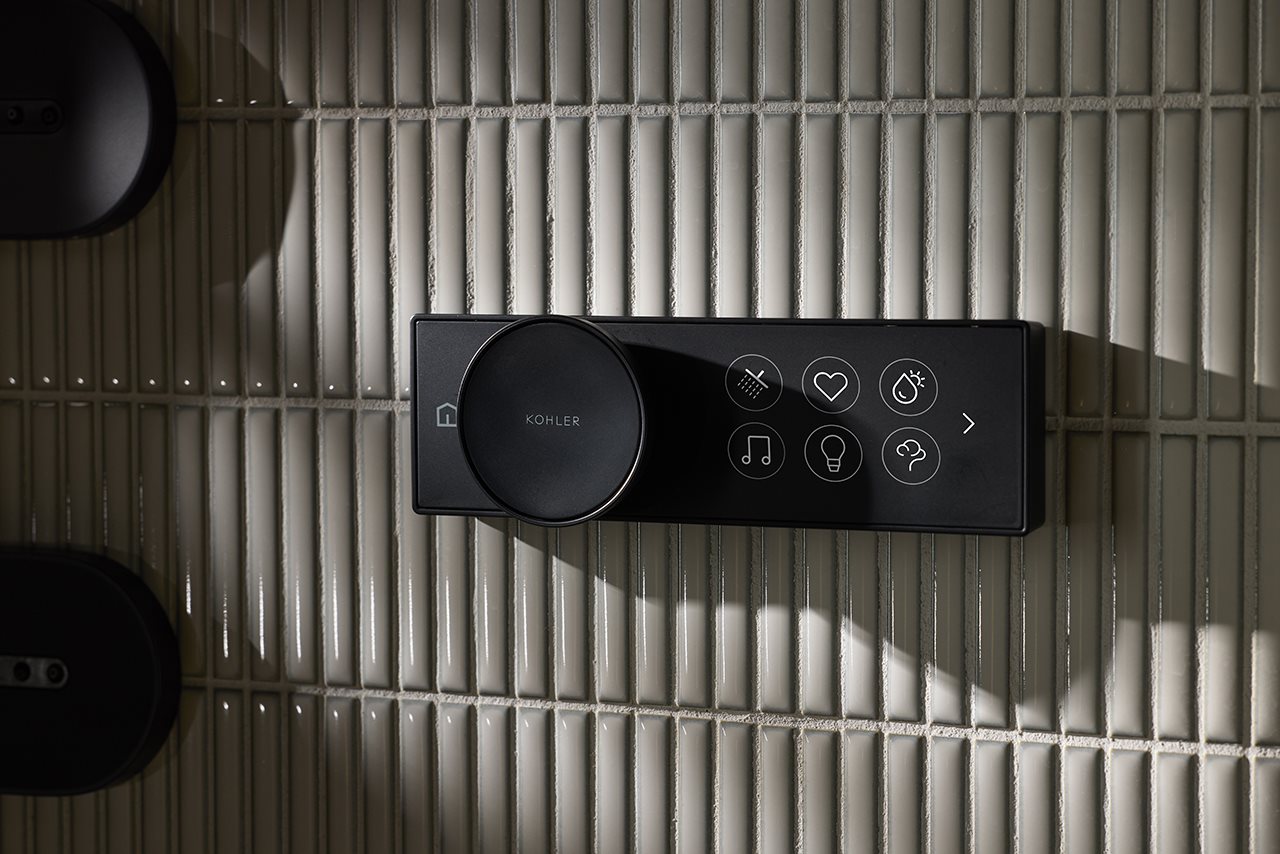
The built-in eco mode automatically displays water usage after every shower, promoting a more mindful use of this precious resource. Paired with the Kohler Konnect app, you can monitor your water use over time so you can live more sustainably without compromising comfort.
Are you ready to elevate your bathroom with the environment in mind?
Elegance and sustainability can go hand in hand. Using these three tips, you’ll be well on your way to designing or renovating your bathroom. To find more bathroom design inspirations with eco features, visit Kohler.com.
